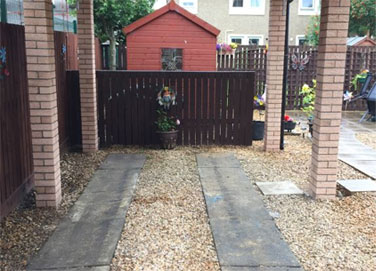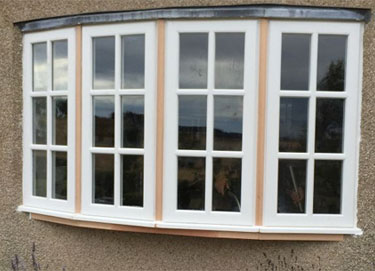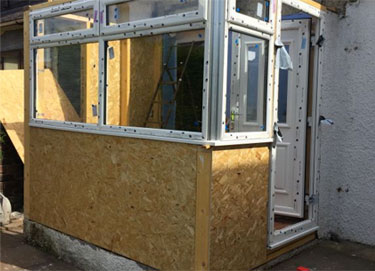Rising damp is a well-known problem that can cause extensive damage to your home. If not treated, it can lead to the growth of mould and mildew, which can cause respiratory problems. In this guide, we will discuss how to treat rising damp and how to prevent it from happening in the first place.
What is rising damp?
Rising damp is a controversial subject. It occurs when water seeps up through the ground and travels up through the walls of your house. The first signs are usually damaged plaster, bubbled paint or wallpaper that’s started to peel. There tends to be a visible stain, where the water has travelled up. The water from the ground contains salts, which leave a residue on the wall after the water has evaporated. The sulphates leave white patches, and the invisible salts continue to draw moisture and require treatment. On the outside walls, mortar has often started to crumble.
Causes?
Rising damp can be caused by either a damp proof course failing over time or even the lack of it, especially in older houses. Construction faults are another common reason that allow a damp proof course to fail. If the issue is not treated and rectified, the damp can continue to rise and cause more moisture problems in the house. These include mould growth, rot on wooden doors windowsills, floorboards, joists and even skirting boards, leading to wet or dry rot. This can also add to respiratory issues further down the line. In more serious cases, it can lead to structural issues.
How is rising damp treated?
It’s easy to confuse rising damp with damp caused by condensation. Rising damp is not that common, and treatment will only work if it has been diagnosed correctly. It’s very important to contact a specialist, who can carry out a survey and analyse the salts.
Once the rising damp has been diagnosed, it can be treated in a few ways. The most common and effective way to treat rising damp is by using a chemical damp proofing injection cream. First, strategically positioned holes in the external wall need to be drilled. They are then filled with the cream, that reverts to liquid. This allows for better penetration and complete absorption, creating a water repellent chemical barrier.
Alternatively, a new physical dampproof barrier can be installed to act as a damp proof course. Each brick in the failed mortar course needs to be lifted out by hand and a physical damp proof membrane needs to be installed. This is a much more complicated process and tends to be more expensive.
When done correctly, chemical injections are a very effective form of treatment, with a long-lasting result. The internal effected plaster needs to be re-plastered to a precise specification to avoid salt contamination. Rising damp treatment costs depend on the severity of the issue and structural factors.
LC Joinery, Roofing and Building Work are experienced in dealing with problems caused by damp. All our surveyors are fully trained and professionally qualified to diagnose and treat rising damp around Fife and Central Scotland. All our work is guaranteed. We are a member of the Guild of Master Craftsmen, the Federation of Master Builders, the Construction Skills Certificate Scheme, and a Which? Trusted Trader and a licensed asbestos removal contractor. Take a look at our portfolio here.
Call LC Joinery at 01592 747 047 or email us at info@lcjoineryroofing.co.uk.





